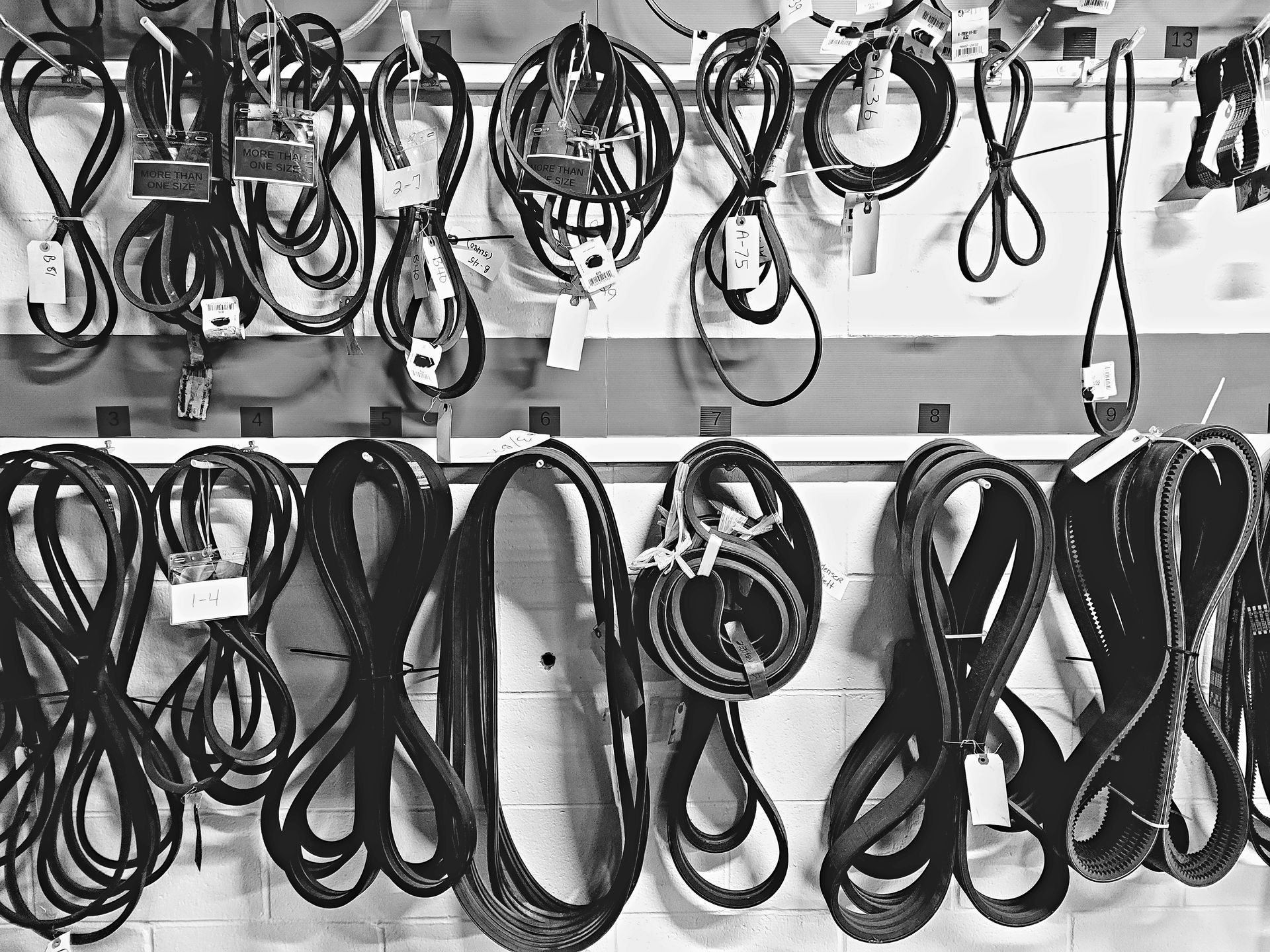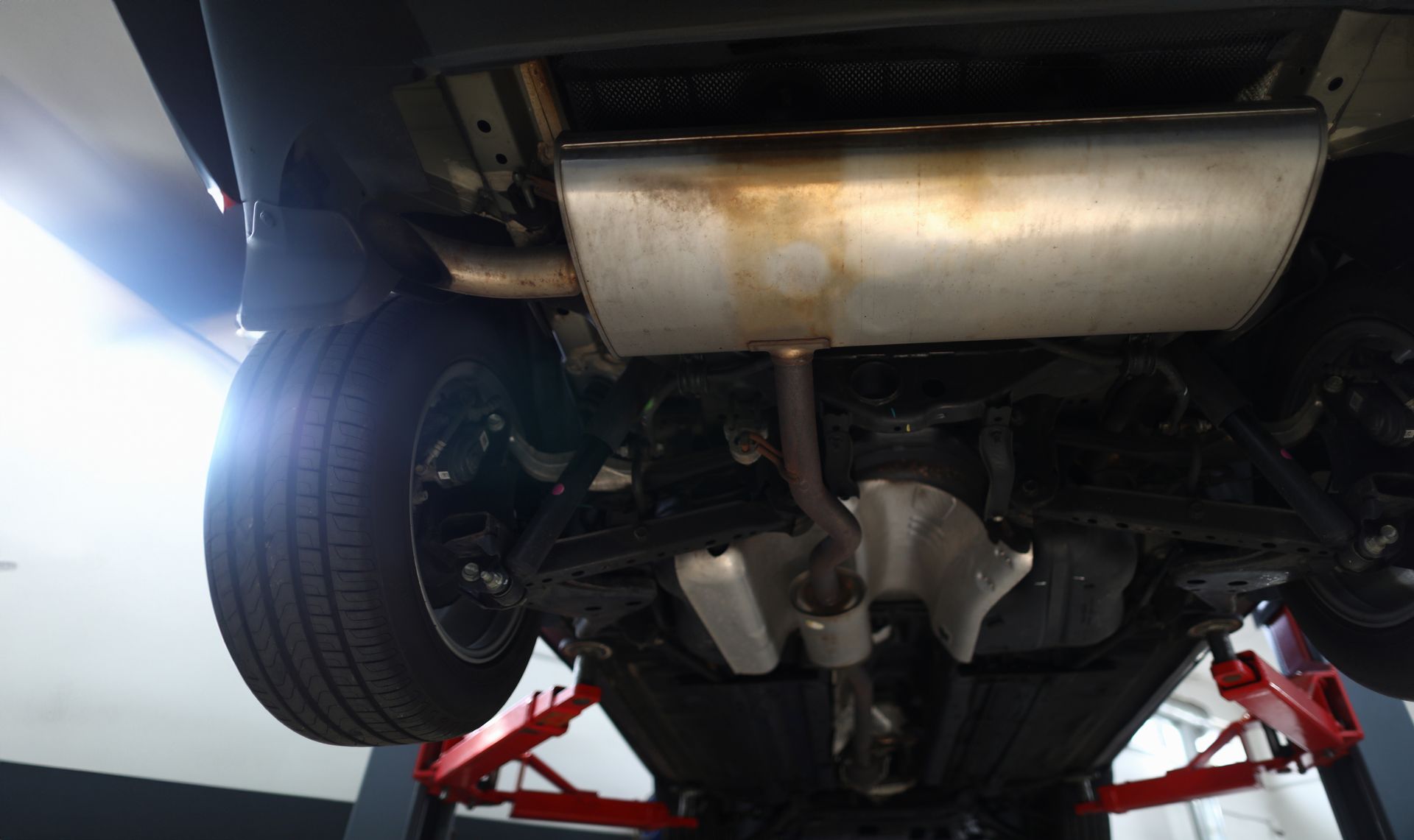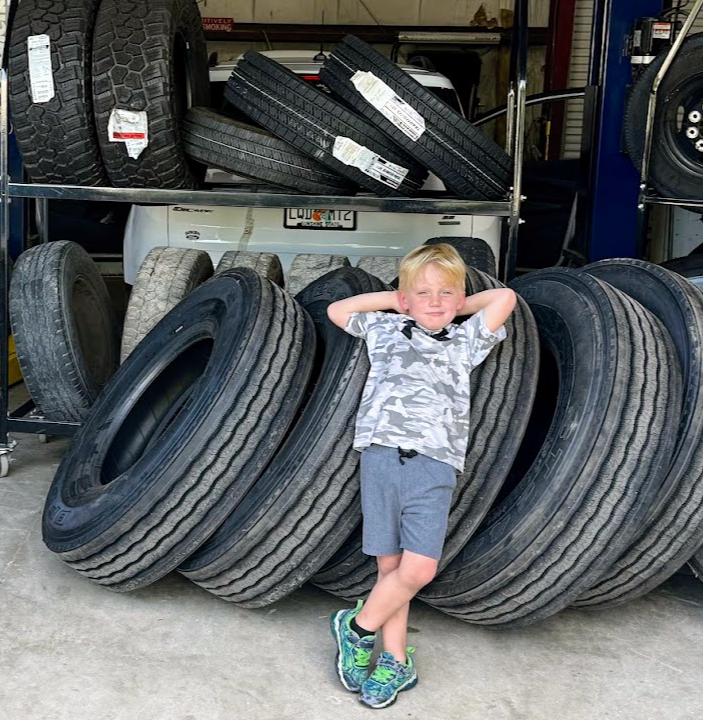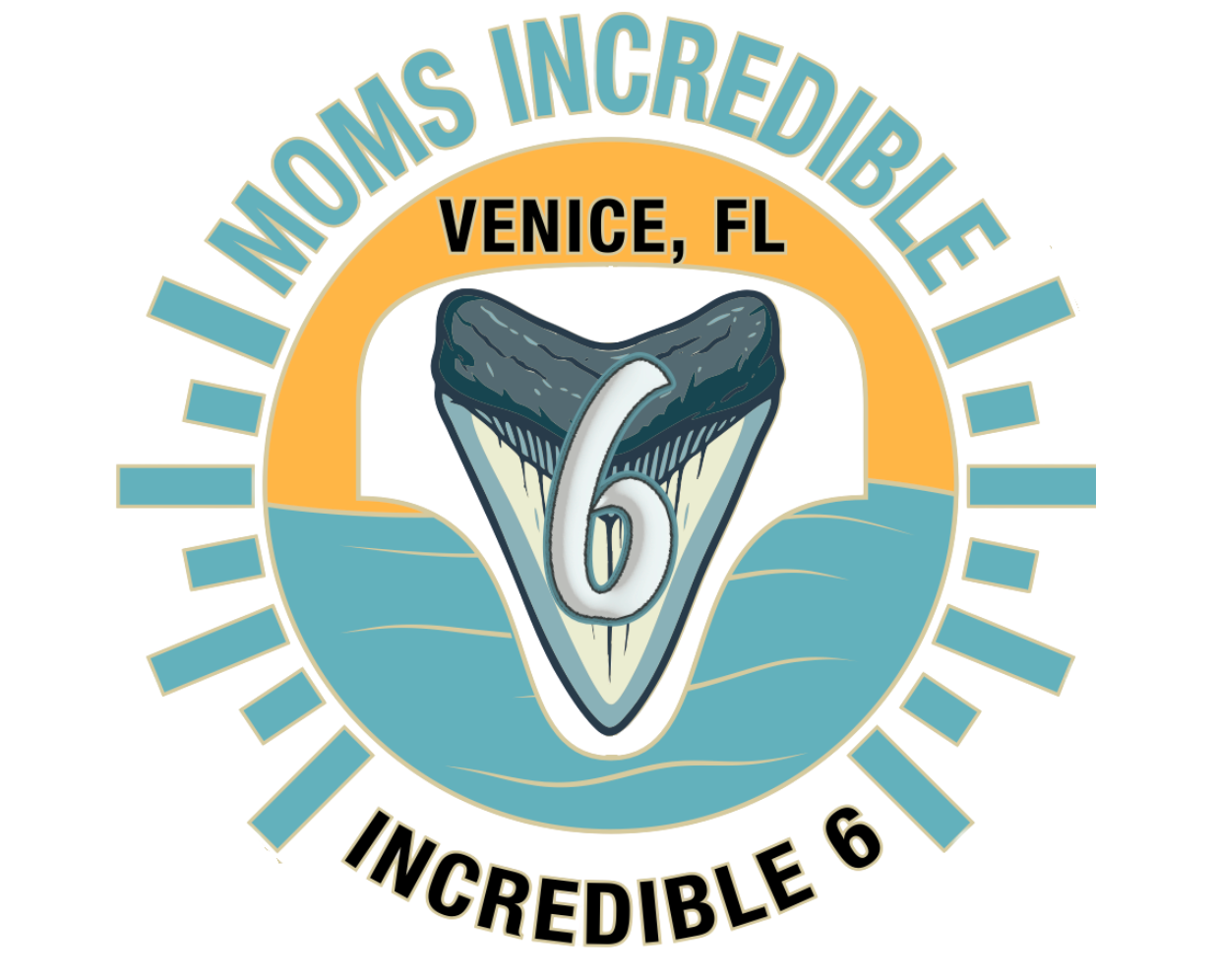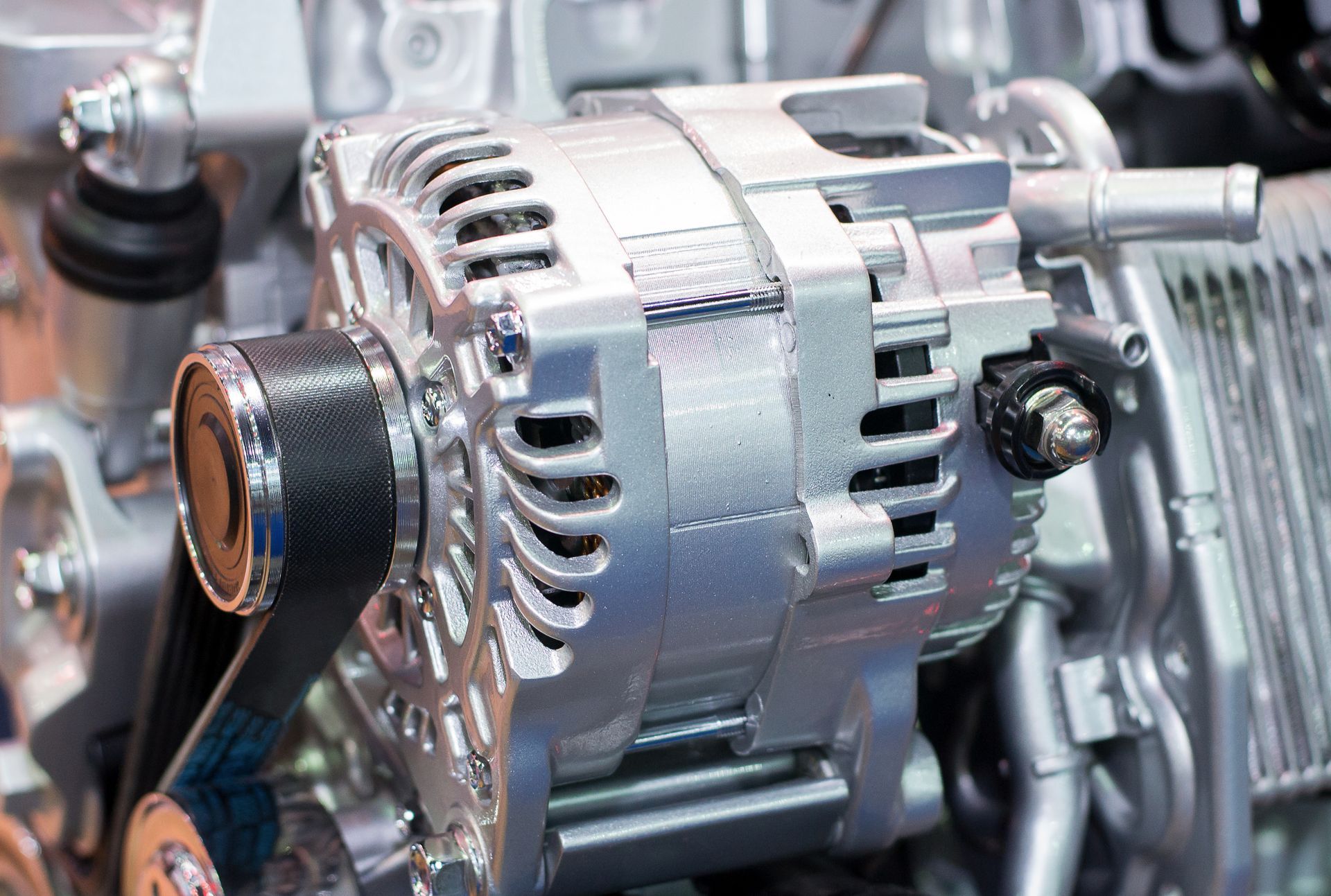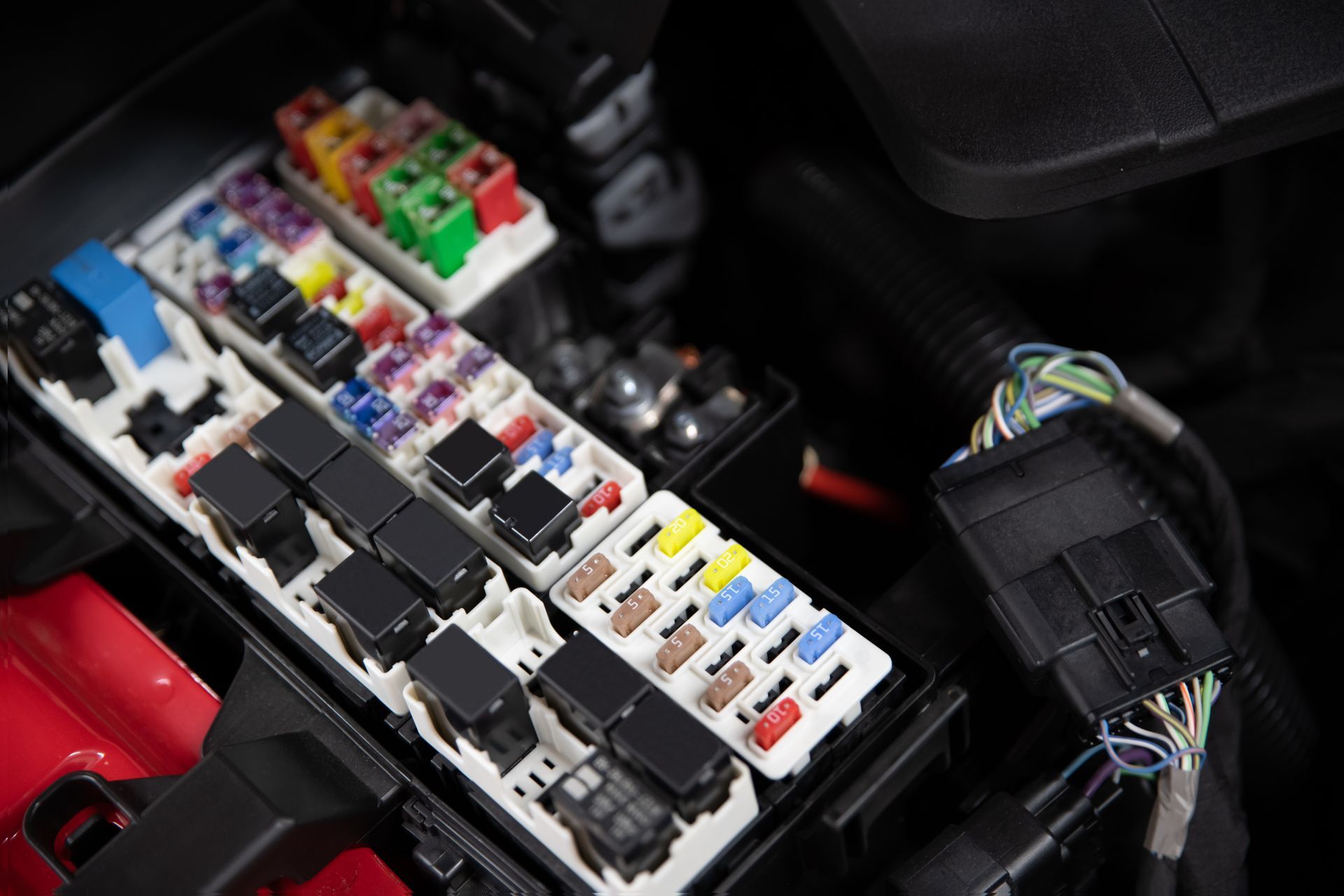If you live near Venice, Florida, or enjoy taking your vehicle onto the beach, you probably already know that sand and salt are tough on your car. What many drivers overlook, however, is just how much those elements can damage the suspension system. From hidden rust to worn-out bushings, your vehicle's ride quality and control can quickly suffer if beach exposure becomes part of your routine.
Driving along the coast might feel like a Florida dream, but your suspension sees it differently. Here's why sand and salt are such a problem for your suspension and how to keep your vehicle in good shape after beach adventures.
How Sand Gets Into Your Suspension
When you drive over sand, especially soft or deep sections, particles kick up into every crevice of your undercarriage. The suspension system is constantly moving and flexing, which gives that sand plenty of opportunity to grind against bushings, joints, and seals.
Over time, this grit can accelerate wear on critical components, such as ball joints, control arms, and shock absorber mounts. You might not notice it immediately, but once the suspension starts to squeak, groan, or feel loose, that damage is already done.
Salt Air and Rust: A Long-Term Threat
Living or driving near the ocean means your vehicle is regularly exposed to salty, humid air. Even if you're not splashing through the surf, the fine mist from sea breezes carries salt particles that settle on your car’s frame and undercarriage.
Salt accelerates the corrosion process. That means metal suspension parts like springs, bolts, and brackets can start rusting much sooner than they would inland. This is especially true for older vehicles or ones that don't get cleaned thoroughly after coastal driving.
Why Suspension Damage Is More Than Just Comfort
Suspension problems affect more than just the smoothness of your ride. A worn-out or damaged suspension system impacts how your vehicle handles, brakes, and corners. On sandy roads or uneven pavement, this can reduce stability and increase your chances of losing control.
If the shocks or struts are corroded or leaking, your tires may not stay in consistent contact with the road surface. That leads to increased tire wear, reduced stopping power, and a rougher, more unpredictable driving experience.
Signs Your Suspension Needs Attention
If you drive on the beach regularly or live near the coast, watch for the following signs that your suspension may be suffering:
- A bouncy or floating feeling while driving
- Clunking noises over bumps or potholes
- Uneven tire wear
- Vehicle pulling to one side
- Nose-diving during braking or excessive body roll while cornering
These symptoms often point to wear caused or accelerated by sand and salt exposure.
How to Protect Your Suspension from Coastal Conditions
You do not have to give up beach driving entirely, but it is important to take a few steps to protect your vehicle:
- Rinse your undercarriage thoroughly after beach driving, even if you do not see visible sand
- Schedule regular suspension inspections, especially if you drive in coastal areas
- Use rust inhibitors or undercoating products designed for coastal environments
- Park in a garage or covered area when possible to reduce salt exposure
- Keep your tires properly inflated and aligned to minimize stress on the suspension
Prevention goes a long way. A clean and well-maintained undercarriage will resist damage far better than one caked in sand and corrosion.
Let Curry Truck & Auto in Venice, FL, Help You Stay Beach-Ready
If you drive near the beach or on sandy roads, the team at Curry Truck & Auto is here to help protect your suspension and keep your vehicle running smoothly. With three convenient locations in Venice, FL, we offer full suspension inspections, undercarriage cleaning, and rust-prevention services tailored to the unique demands of coastal driving.
Book your inspection today and keep your vehicle ready for the beach without sacrificing performance or safety.

